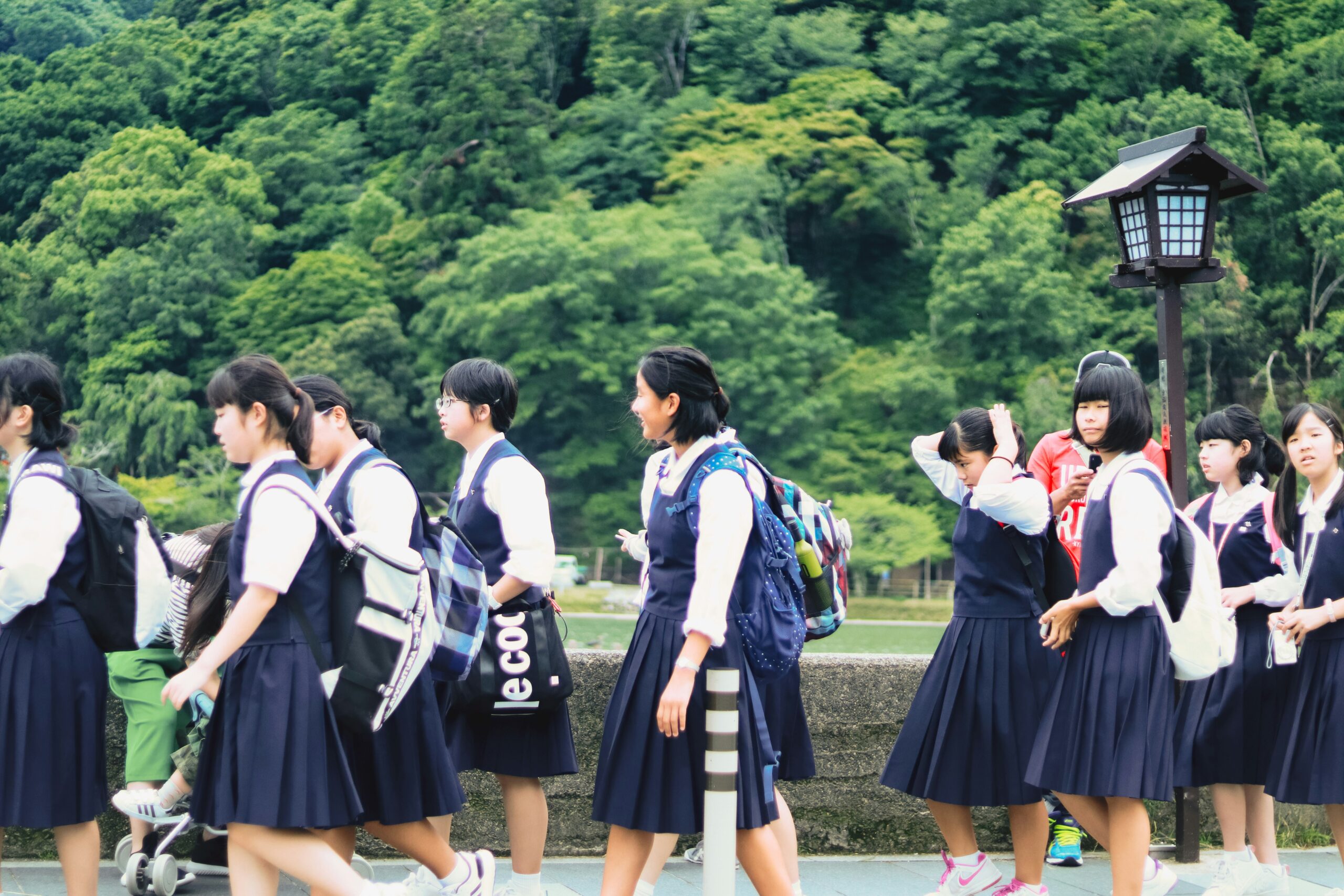Introduction
The iconic Japanese School Uniforms go beyond mere clothing—they’re symbols of unity, identity, and fashion. Rooted in Meiji-era military and naval attire, these uniforms evolved into the sailor fuku for girls and gakuran for boys, eventually becoming trend-setting fashion statements. This guide explores their rich history, prevailing styles, cultural significance, and modern transformations.
1. Historical Beginnings
Meiji Era Origins (1868–1912)
Japan’s modernization during the Meiji Era introduced uniforms inspired by Western military styles to promote discipline and equality. Boys’ uniforms mirrored Prussian cadet coats (gakuran), while girls initially wore kimono and hakama.
Introduction of Sailor Fuku
In 1920, the sailor-style uniform debuted at Heian Jogakuin in Kyoto. Modeled after British naval attire, it rapidly became a staple for middle and high school girls.
Post-War Shift to Blazers
From the 1980s onward, many schools switched to Western-inspired blazers with emblems—offering a smart, professional look for students.
2. Iconic Styles Today
Gakuran (Boys’ Uniform)
The gakuran is a high-collared, buttoned jacket in black or navy, paired with matching trousers. Its militaristic edge remains a symbol of tradition.
Sailor Fuku (Girls’ Uniform)
Featuring a distinctive sailor collar, ribbon tie, and pleated skirt, the sailor fuku is perhaps the most globally recognized Japanese school uniform. Schools often offer seasonal variations in fabric and sleeve lengths.
Blazer Set
Common in high schools, this style includes a tailored blazer with an emblem, trousers for boys, and skirts for girls. It’s seen as sophisticated and egalitarian.
3. Cultural Significance
Promoting Unity & Discipline
Uniforms aim to eliminate socio-economic differences and reinforce a sense of belonging.
Pop Culture & Global Appeal
Uniforms feature in anime, manga, and music videos, helping spread their appeal worldwide. Idol groups like ATARASHII GAKKO! wear sailor styles to amplify youthful identities.
Fashion & Rebellion
Some students personalize uniforms—such as longer skirts or loose socks (“kogal” style)—balancing conformity with self-expression.
4. Seasonal & Regional Variations
-
Summer vs. Winter: Uniforms vary by season, switching fabrics and sleeve lengths accordingly.
-
Designer Uniforms: Some schools commission stylish designs to attract students .
-
Gender-Neutral Options: Emerging in response to gender inclusivity, schools like Okayama Minami now offer blazers and slacks to all genders.
5. Contemporary & Future Trends
Fashionable Adjustments
Students personalize clothes within rules, and magazines offer “7 tips to style your uniform”.
Pop Culture Influence
Anime, idols, and Harajuku fashion keep uniforms relevant and trendy .
Sustainability
Modern uniforms incorporate eco-friendly fabrics and are sometimes rented or second-hand to reduce waste.
Gender Inclusivity
A growing number of schools adopt gender-neutral uniforms to reflect inclusivity and comfort .
6. Choosing & Wearing Uniforms
Sizing and Purchase
Uniforms often require fittings months before school starts. Parents can buy new or opt for cost-effective second‑hand selections .
Care Tips
Proper ironing and stitch maintenance ensure a neat appearance—sharp creases are particularly important for blazers and skirts .
Etiquette
Even small deviations (e.g., loose socks or altered skirts) can lead to reprimands. Many schools enforce codes diligently .
Summary Table
| Uniform Type | Description & Use |
|---|---|
| Gakuran | Boys’ high-collar jacket, militaristic, traditional |
| Sailor Fuku | Girls’ sailor-style blouse and pleated skirt, classic and iconic |
| Blazer Set | Modern Western-style blazer with emblems, worn by high school students |
| Seasonal Versions | Summer/winter fabrics adjust for weather |
| Gender-Neutral | Optional blazers/slacks for all genders; increasing in popularity |
Conclusion
Japanese School Uniforms reflect a captivating blend of tradition, discipline, fashion, and cultural identity. From the historic gakuran and sailor fuku to modern blazers and gender-neutral options, they empower unity while allowing subtle personal expression. Their global influence, cultural weight, and future trends—like sustainability—ensure these uniforms remain a timeless symbol of Japanese education and style.
Next steps:
-
Explore visual guides on regional and seasonal variations.
-
Consider the impact of uniform policy on student wellbeing.
-
Learn how Harajuku fashion adapts uniform elements in real life.











